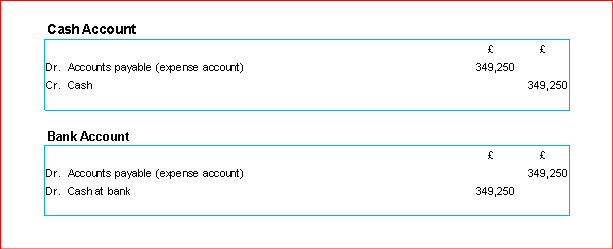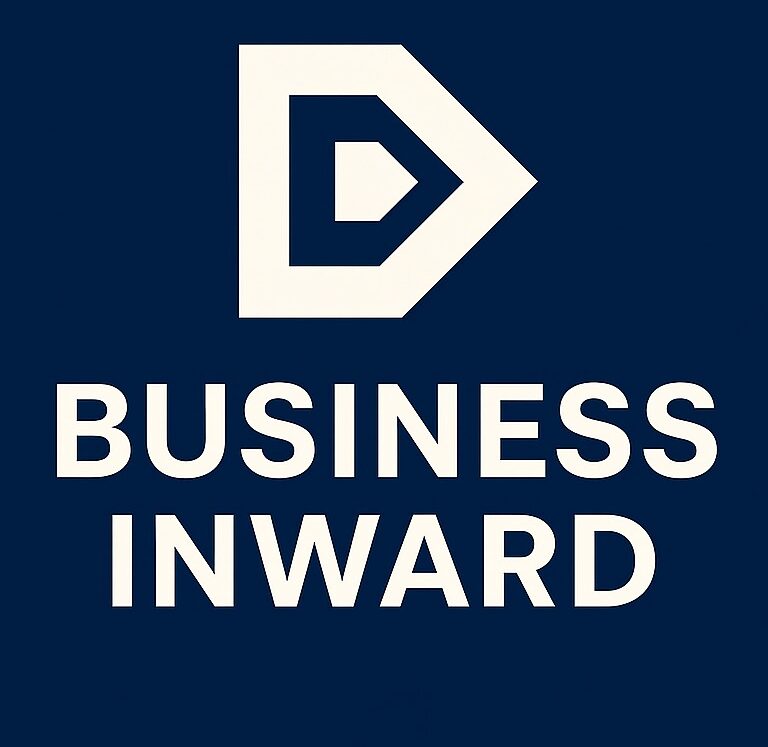BOOK-KEEPING
Done right, it's done for you.
Keeping your books in order isn’t just about staying organized — it’s about setting your business up for success.
Book-keeping contents
Payment and Journal Processing
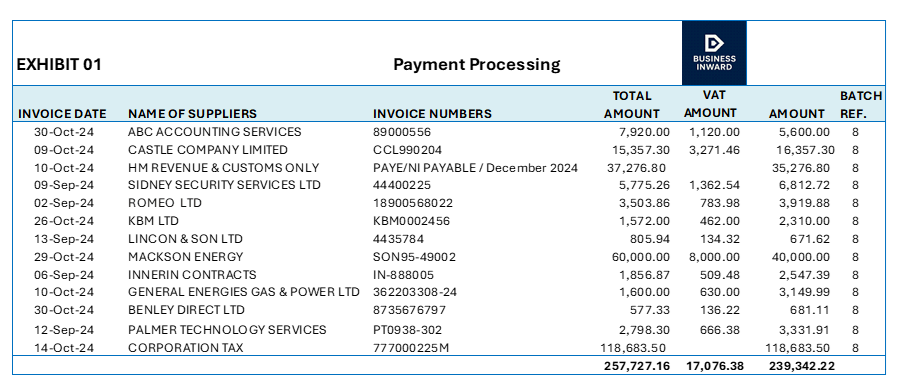
Exhibit 01 represents a spreadsheet of invoices logged for payment, as part of payment processing invoices received from suppliers, and subsequently be processed in accounting system.
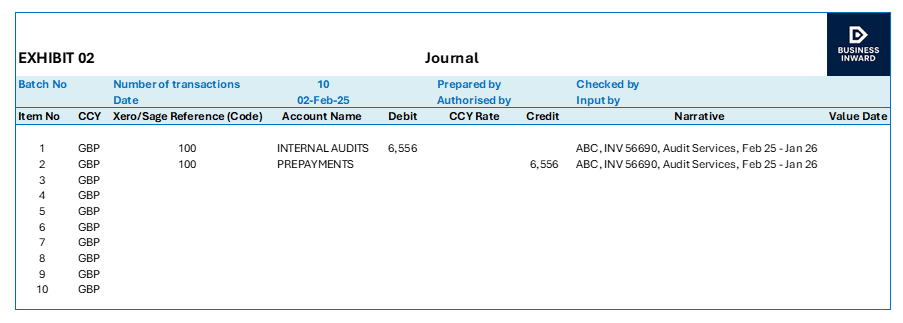
Exhibit 02 is a sample of journal preparation before the entries are posted into accounting software.
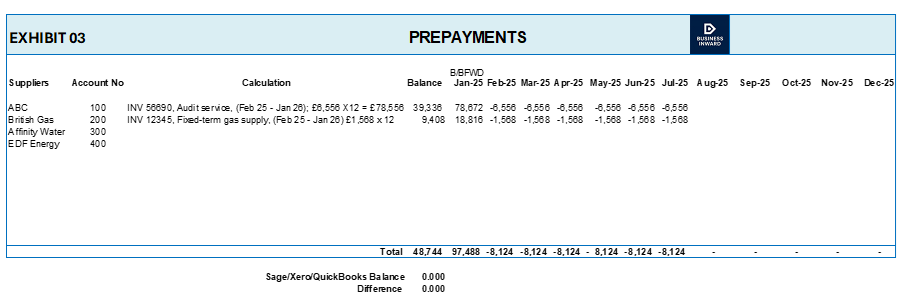
Exhibit 03 shows a record of monthly prepayments over accounting fiscal year.
Purchase and Sales Journals
On 1 June 2020, Dadin Co bought goods costing £15,550 on credit from G. Gazon. There is a twofold effect of this transaction:
- The asset of stock is increased. An increase in the asset requires debit entry in purchase account.
- There is an increase in liability. This is a liability of Dadin Co to G. Gazon because goods have been supplied but are not yet paid for.
The double entry will be:

Purchases of stock for cash
On 2 September 2020, Dadin Co bought goods costing £2,200, cash being paid for them immediately. As a result:

Sales of stock on credit
On 5 November 2022, a business sold goods on credit for £4,250 to Johnson Co. As a result:
- An asset account is increased. This is the account indicating that Johnson Co is a debtor for the goods. The increase in the asset of debtors needs debit entry and the debtor is Johnson Co, so the account concerned is that of Johnson.
- The asset of stock is decreased. For this, a credit entry to reduce an asset is required.

Sales of stock for cash
On 6 November 2022, goods are sold for £3,100, the cash for them being paid immediately. As a result:
- The asset of cash is increased. A debit entry in the cash account is required to indicate this.
The asset of stock is decreased. The reduction of an asset needs credit entry.

Returns Inwards and Outwards
Returns Inwards
On 5 December 2022, goods which had previously been sold to Atkin Co for £1,300 have been returned. As a result:
- The asset of stock was increased by the goods returned. A debit entry indicating an increase of an asset is required.
- An asset is decreased. The debt of Atkin Co to the company is now reduced, and to record this a credit entry in Atkin Co’s account.

Returns Outwards
On 6 December 2022, goods previously bought for £950 are returned to K. Kevin. Therefore:
- The liability of the company to K. Kevin is decreased by the value of the goods returned to him. The decrease in liability requires a debit, in the Kevin Account.
- The asset of stock is decreased by the goods sent out. A credit entry indicating a decrease in an asset is required.

Debit and Credit Notes
Debit Note
Purchase of stock on credit
On 4 July 2022, K. Kevin Co sold goods worth £2,880 to Atkin Co on credit. A wee later, K. Kevin Co discovers that Atkin Co was undercharged by £80. K. Kevin issued a debit note for the additional £80.
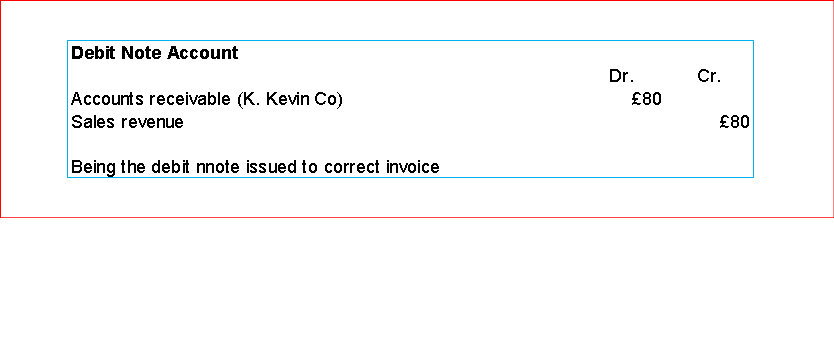
Credit Note
On 14 July 2022, Atkin Co discovers that some of the goods he bought from K. Kevin Co were damaged. K. Kevin Co issued a credit note to Atkin Co for £150 to compensate for the damaged goods.

Payroll, VAT Returns, and National Insurance Contributions (NICs)
Tax and National Insurance Contributions (NICs)
In the UK, personal allowance on income in 2024/2025 is £12,570, with an income limit for personal allowance of £100,000 and any excess of that goes down by £1 for every £2.
Married couple’s allowance in 2024/2025 was £11,080 and 2025/2026 is £11,270, respectively.
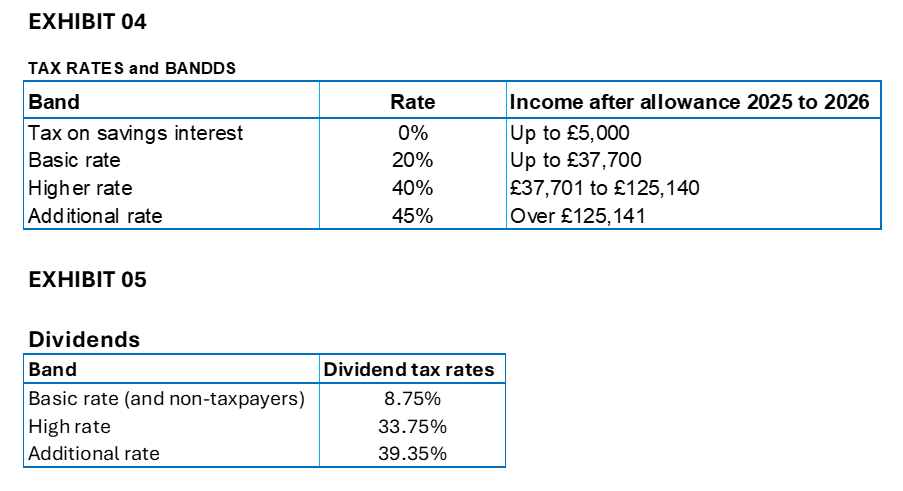
In 2025, the dividend allowance is £500.
If John earns £4,000 in dividends and earns £27,860 in wages in 2024/2025 tax year. This gives a total income of £31,860. John is entitled to personal allowance of £12,570, which is taken off his total income to result in a taxable income of £19,290.
- Thus, 20% tax on £15,290 wages gives £3,058 tax payable.
- No tax on £500 dividends, because of dividend allowance.
- 75% tax on £3,500 results in £308 tax payable.
VAT RETURN
VAT Return is a form that businesses registered for Value Added Tax (VAT) in many countries, which must be completed and submitted to the tax authority at regular intervals, usually every quarter. The VAT-return form entails details of the business’ sales and purchases during a specific period and indicates the amount of VAT charged and paid.
VAT INPUT and VAT OUTPUT
Input VAT is the VAT paid by a business on its purchases of goods and services, while Output VAT is the VAT charged by a business on the sales of goods and services.
At Business Inward, we render services of VAT-return preparation and filing to our customers.
National Insurance contributions (NICs) in the UK
An income earner aged 16 or above pays NICs.
- An employee who earns more than £242 weekly from a job pays NICs.
- A self-employed person who makes a profit of more than £12,570 yearly pays NICs.
An income earner does not qualify to pay National Insurance, but still qualifies for certain benefits and the State Pension, if she/he is either:
- An employee earning from £125 to £242 weekly.
- A self-employed person who earns a profit of £6,845 or more yearly.
Whatever contributions made under this context are treated as having been paid to protect your National Insurance record.
Ultimately, there are various classes of NICs in the United Kingdom. Yearly, the Tax Authority usually changes the amount of contributions under the different classes.
The information above is a brief overview of NICs.
Capital Gains Tax and Allowances
Capital Gains Tax is a tax paid on the profit when you sell or dispose of assets that is appreciated in value. It is the gain you make after disposing of an asset that is taxed, not the amount of money you receive.
You only must pay Capital Gains Tax on your aggregate gains above your tax-free allowance (known as ‘the Annual Exempt Amount).
The capital Gains tax-free allowance is:
- £3,000
- £1,500 for trusts
You may also be able to reduce your tax bill by deducting losses or claiming reliefs, depending on the asset being disposed of.
For instance, if you purchased machinery for £10,000 and sold it later for £24,000, you have earned a gain of £14,000.
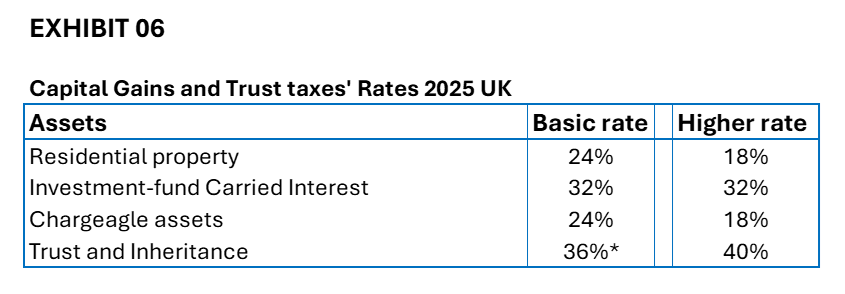
Bank Reconciliation
Bank Reconciliation

Exhibit 07 represents adjustments on bank reconciliation statement that indicates a payment made by Dadin Co to a supplier. The transaction reduces Dadin Co’s balance per cash book and cash at bank of the buyer.
Below are the subsequent journal entries that would adjust Dadin Co’s balance sheet and profit and loss:
